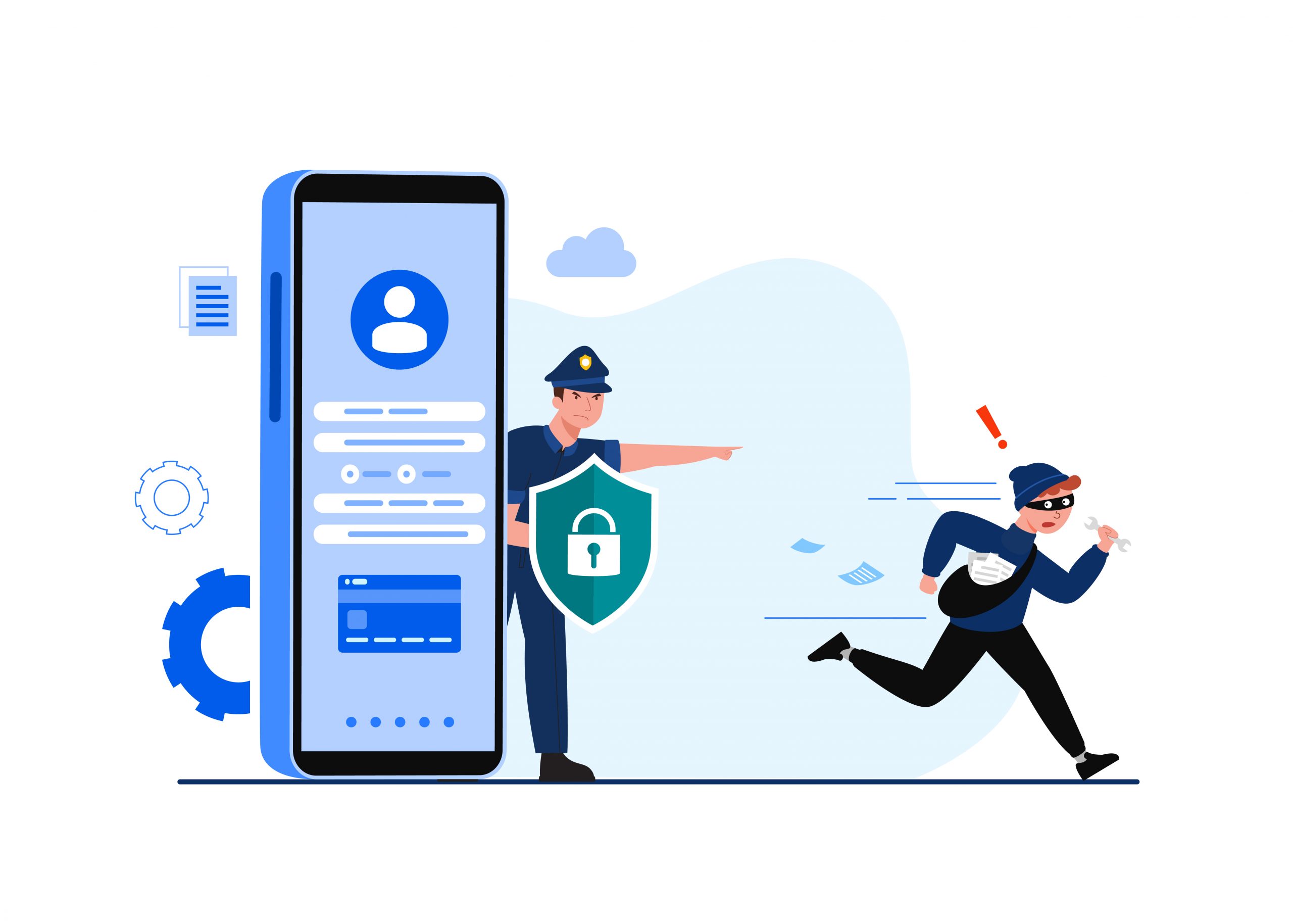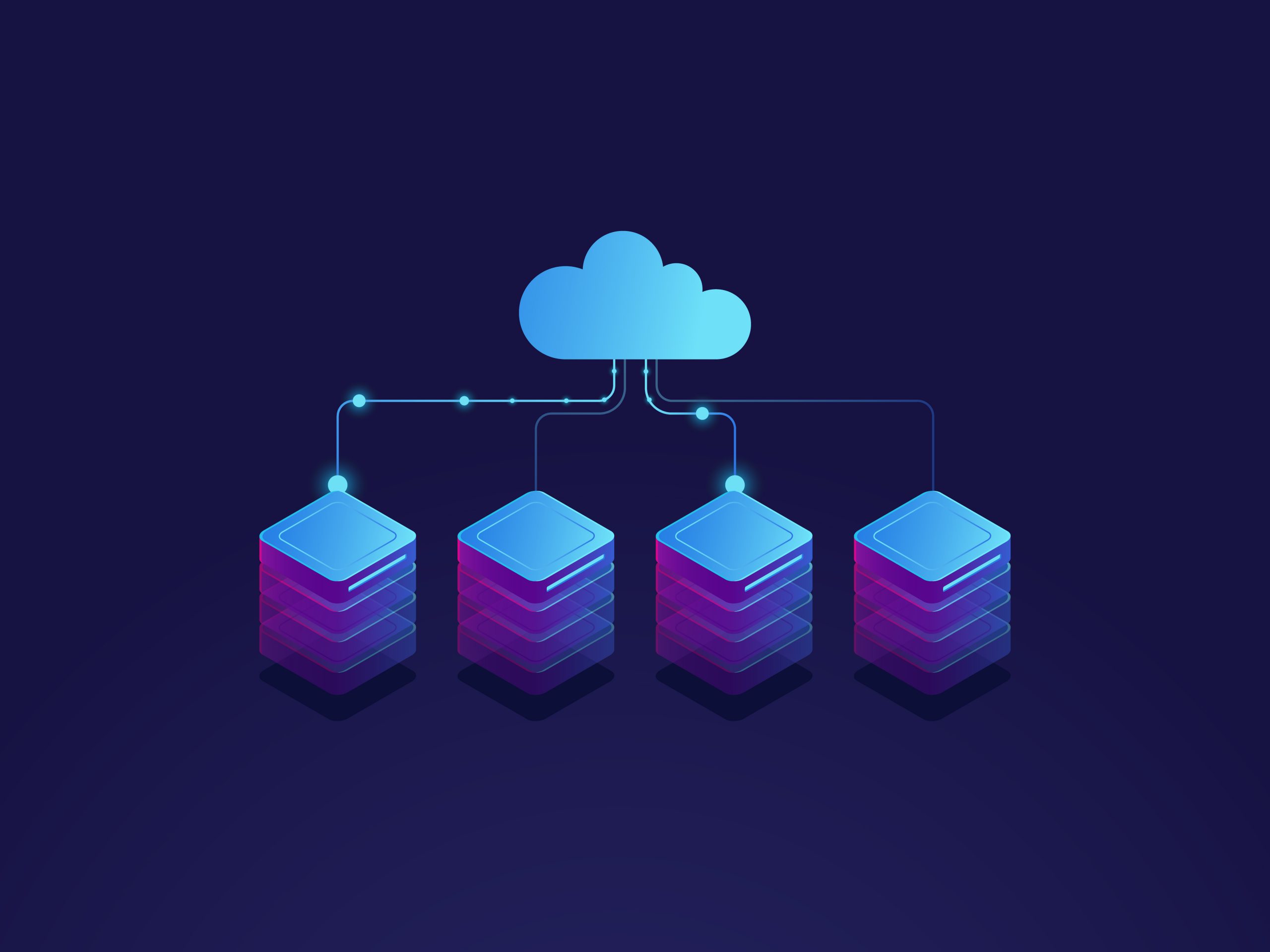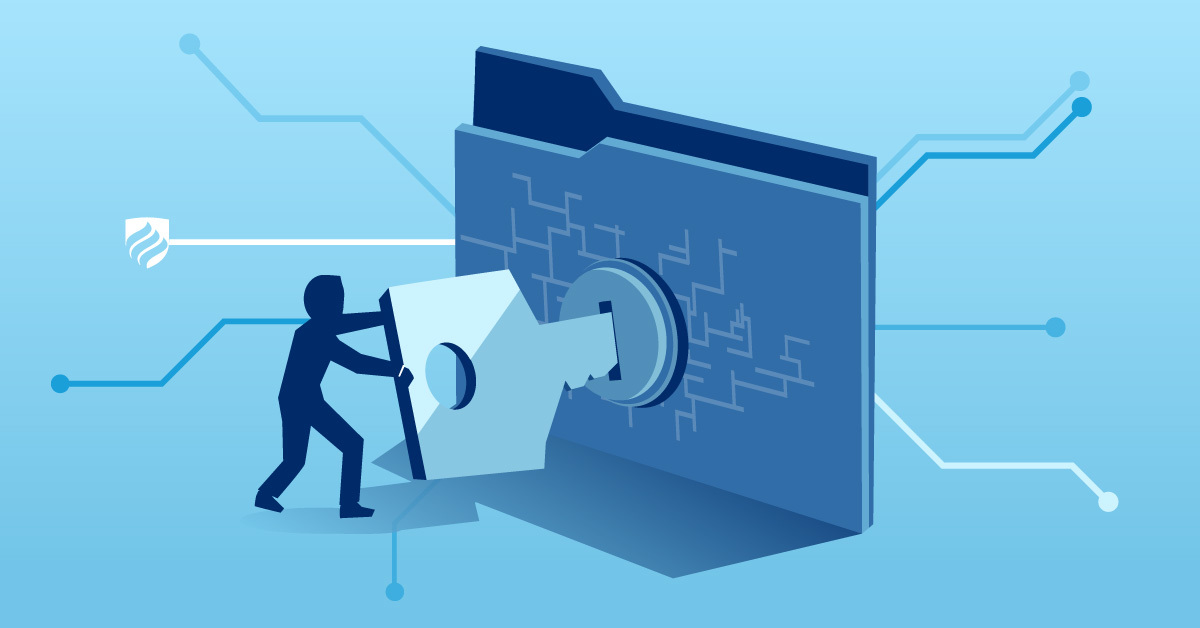Information Security

Web Application VAPT
The Web Applications codes could have vulnerabilities, which are exploited by hackers to gain the access of system components.
The Web App VAPT enables the organization to identify the vulnerabilities that are turning out to be threats by exploitations and could result into the financial and reputational loss to an organization.
Typically, transactions/logins are the keys to employees and customers of the organization to access the web application to carry out business.
Compromised web applications may lead to allow an entry to anonymous user, who may steal and misuse organization information.
- Injection Attacks
- Broken Authentication
- Sensitive Data Exposure
- XML External Entities
- Broken Access Control
- Security Misconfiguration
- Cross Site Scripting
- Insecure Deserialization
- Use of components with identified vulnerabilities
- Insufficient Logging and Monitoring

Mobile Application VAPT
Mobile App VAPT enables the organization to identify the vulnerabilities that are turning out to be threats by exploitations and could result into the financial and reputational loss to a user and ultimately to an organization.
The mobile apps are typically used for financial transactions while if compromised, the user may come across a financial loss. This may lead to legal consequences to organization and may lead to lose the reputation as well.
- Improper Platform Usage
- Insecure Data Storage
- Insecure Communication
- Insecure Authentication
- Insecure Authorization
- Insufficient Cryptography
- Client Code Quality
- Code Tampering
- Reverse Engineering
- Extraneous Functionalities

Cloud Application Audit
Cloud App audit addresses these risks and ensures the organization for Cloud Functionalities.
- Accountability and data risk
- User Identity Management
- Regulatory Compliance
- Business Continuity and resilience
- User Privacy and Secondary use of data
- Service and data integration
- Multi tenancy and physical security
- Incidence Analysis and Forensics
- Infrastructure Security
- Non-production environment exposure

Audit of IT Infrastructure
The IT Infrastructure audit is carried out to verify the system’s internal control design, efficiency and effectiveness against stipulated and mandatory standards and best practices. This includes the review of design, implementation, performance, efficiency, embedded and alternative security controls and IT governance or management. Implementing the controls is a necessity while not sufficient to provide adequate security. Periodic review of the IT infrastructure and the processes is mandatory to ensure compliance to these controls.
- Policy for the administration of IT infrastructure
- Computing Devices
- Networking Devices
- Configuration
- Business Continuity and redundancy
- Connectivity
- Encryption of data in transit, data in use and data at rest
- Accountability and responsibility of administration
- Monitoring and Logging
- Reporting and frequency

Corporate Network Penetration Testing
The corporate networks are designed to serve multiple remote requests. The networks devices and vulnerabilities in design could allow the hackers to breaking down the network and entering into system to misuse the information. Penetration Testing enables the organization to understand the vulnerabilities at early stage and can be patched to harden the networks.
- Information gathering
- Network penetration
- Application penetration
- Assessment of infrastructure against frameworks
- Identification of threats through vulnerabilities
- Exploitation of threats
- Proof of Concept
- Reporting
- Compliance verification
- Final reporting

Functional Audits of Applications
The functional audit of an application needs domain experts and so is the competency of AITCPL. It is ensured that the application is functioning as expected and does not have short controls inviting income and revenue loss to organizations.
- Policy for the use of application
- parameterization and configuration
- Input Controls
- Processing Controls
- Output Controls
- Income/revenue leakage
- Logical Access Controls
- Segregation of roles
- Exception Handling
- Data handling

Information Systems and ITGC Audits
Information Systems and ITGC Audits
Post implementation of controls, IT general Controls (ITGC) are audited for the effectiveness and efficiency.
- Policy and procedure for acquisition of Systems
- Organizational Hierarchy and Access to IT Infrastructure
- HR and Resource Management
- Allocation of Physical and Logical Accesses
- Roles and responsibilities
- Inter-department movement of data
- Interfacing of systems to external networks.
- Overlapping roles and responsibilities
- Organizational Hierarchy
- Access Allocation to information and reports
